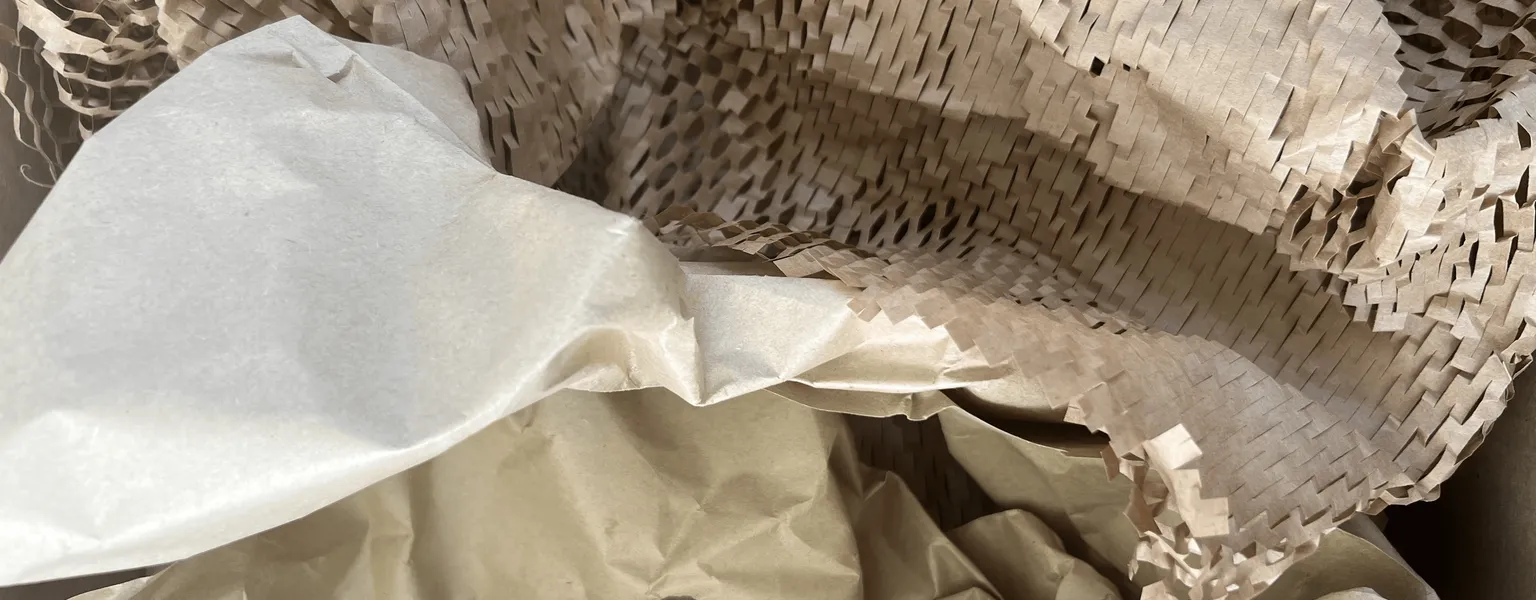How to rate packaging recyclability: Defra’s 2025 guidance

Business
The UK Department for Environment, Food & Rural Affairs (Defra) has introduced new guidance for large producers of household packaging under the Recycling Assessment Methodology (RAM).
Effective from 1 January 2025, this initiative requires businesses to assess the recyclability of their packaging and report findings to environmental regulators. The guidance is part of the Extended Producer Responsibility (EPR) scheme, aimed at improving recycling rates and reducing packaging waste.
The RAM assigns packaging materials one of three ratings—red, amber, or green—based on how easily they can be recycled. Materials rated as "red" are difficult to recycle at scale, "amber" materials face challenges in collection or reprocessing, and "green" materials are widely recyclable within the UK’s current infrastructure. This classification determines disposal fees for producers, in a system referred to as "fee modulation."
Producers must assess all household packaging supplied using one of eight specified material categories, including paper, board, plastics, metals, and glass. Packaging made from multiple materials is classified based on the majority material by weight. Certain materials are exempt from assessment, including reused or exported packaging. However, some items, such as packaging with electrical components, specific inks, or intentionally added PFAS, are automatically classified as "red."
This guidance applies only to large producers, who are expected to adopt the RAM framework to ensure compliance and optimise their packaging for sustainability. By providing clarity on recyclability, the methodology aligns with the government’s broader objectives to promote sustainable practices and support the UK’s recycling infrastructure.
For further information, detailed instructions on using the RAM and assessing recyclability for each material category are available through Defra. These measures encourage businesses to reduce their environmental footprint while contributing to a more circular economy.
For more information visit: https://www.gov.uk/guidance/re...
Related News
-
Business
UK scraps proposed mandatory takeback scheme for single-use cups
-
Sustainability
Keep Britain Tidy urges full support for deposit return scheme implementation
-
Events
Countdown to Packaging Innovations & Empack 2025 begins
-
Business
Packaging legislation – costs, customers and reconfiguration
-
Business
UK launches consultation for fairer and clearer food labelling




